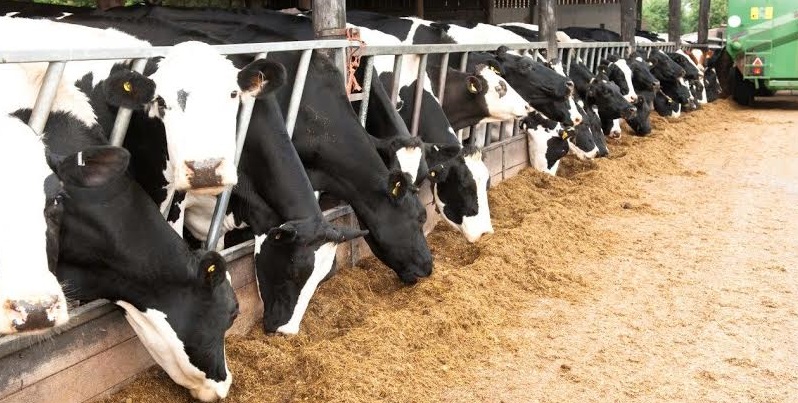
Due to damp conditions over the harvesting period paired with low dry matter (DM) content, mycotoxin levels are expected to be high in forages this winter.
“My warning is to be aware and get your silage tested,” says Rumenco technical advisor, Helen Rogers. “We’re seeing a lot of wet silages and grain which tends to get warm, and this is the ideal growth environment for mycotoxins.
“It’s also something to watch out for if you’re feeding by-products. They’re a very cheap forage replacer, but can be a very high mycotoxin risk due to the warm, wet, sugary environment they present.”
Helen explains that it is vital to know what mycotoxin threat you have, and to take a proactive approach.
“Testing will confirm if you have a mycotoxin problem, and what you’re dealing with. Being aware of the high risk this season, it may be sensible to consider a binder such as Inactivate Plus. My advice is to find a solution to suit your environment, but aim for a binder that works on a variety of mycotoxins.”
Poor response to veterinary treatment is often an indicator of mycotoxin levels, but Helen explains there are many other signs. “The easiest to look for is loose muck or acidosis type signs. Contaminated feeds usually contain more than one type of toxin so they can produce a range of symptoms.
“In terms of actual effects, mycotoxins reduce the number of macrophages, lymphocytes and erythrocytes in the body which reduces the cow’s immune response. They will also make the rumen more acidic, therefore reducing the number of rumen bugs.
“Common symptoms are that cattle will generally look off colour, they will lose appetite, yields will drop, cell counts will go up, fertility will be impaired, and conception rates affected.
Helen highlights that taking a proactive approach this year could be vital, ensuring good clamp management, making sure grains are kept in an air-tight and well maintained bin, and stored as dry as possible. “With mycotoxins, prevention is key, but a binder can also play a vital role as a safety net to avoid costly problems in your stock.”
